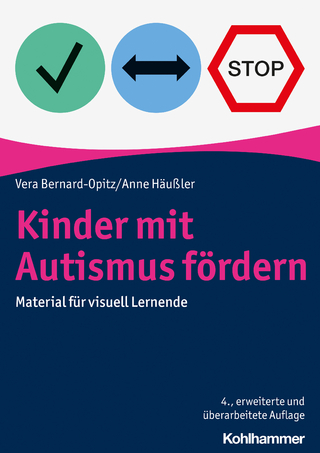
LATER
Cambridge University Press (Verlag)
978-1-108-82704-1 (ISBN)
Why is deciding to do something sometimes so slow and difficult? How do we make decisions when lacking key information? When making decisions, the higher areas of the brain deliberately suppress lower areas capable of generating much faster but ill-considered responses while they develop ones that are more sophisticated, based on what can be gained in return. In this engaging book, the authors explore the increasingly popular neural model that may explain these mechanisms: the linear approach to threshold ergodic rate (LATER). Presenting a detailed description of the neurophysiological processes involved in decision-making and how these link to the LATER model, this is the first major resource covering the applications in describing human behaviour. With over 100 illustrations and a thorough discussion of the mathematics supporting the model, this is a rigorous yet accessible resource for psychologists, cognitive neuroscientists and neurophysiologists interested in decision-making.
Roger H. S. Carpenter was formerly Professor of Oculomotor Physiology, University of Cambridge and Tutor, Registrary and Director of Studies in Medicine, Gonville & Caius College. He was the creator of EPIC (the Experimental Physiology Instrumentation Computer) and NeuroLab, a set of interactive demonstrations on the working of the human brain. He was an influential scientist and passionate teacher of neurophysiology, collaborating with Dr Noorani on the project before his death in 2019. Professor Carpenter made lasting contributions to the field of neurophysiology and is widely regarded as an exceptional mentor by a plethora of his former students. Imran Noorani is a Neurosurgery NIHR Clinical Lecturer at University College London (Institute of Neurology). He worked closely with Professor Carpenter to advance the LATER model to more complex decision processes in the laboratory, such as antisaccades. Dr Noorani has won multiple awards for his research, including the European Association of Neurosurgical Societies Award for Best Laboratory Research 2020, and in addition to clinical and research interests, has a strong interest in teaching undergraduates.
1. The slowness of reaction time; 2. LATER as a model of latency; 3. LATER as a model of decision; 4. Complex decisions: multiple LATER units; 5. LATER and the brain; 6. Larger implications; Appendix 1: Mathematical; Appendix 2: Clinical; Appendix 3: Practical.
| Erscheinungsdatum | 02.11.2023 |
|---|---|
| Zusatzinfo | Worked examples or Exercises |
| Verlagsort | Cambridge |
| Sprache | englisch |
| Maße | 156 x 234 mm |
| Gewicht | 330 g |
| Themenwelt | Geisteswissenschaften ► Psychologie |
| Medizin / Pharmazie ► Medizinische Fachgebiete ► Neurologie | |
| Naturwissenschaften ► Biologie ► Humanbiologie | |
| Naturwissenschaften ► Biologie ► Zoologie | |
| ISBN-10 | 1-108-82704-7 / 1108827047 |
| ISBN-13 | 978-1-108-82704-1 / 9781108827041 |
| Zustand | Neuware |
| Haben Sie eine Frage zum Produkt? |
aus dem Bereich


